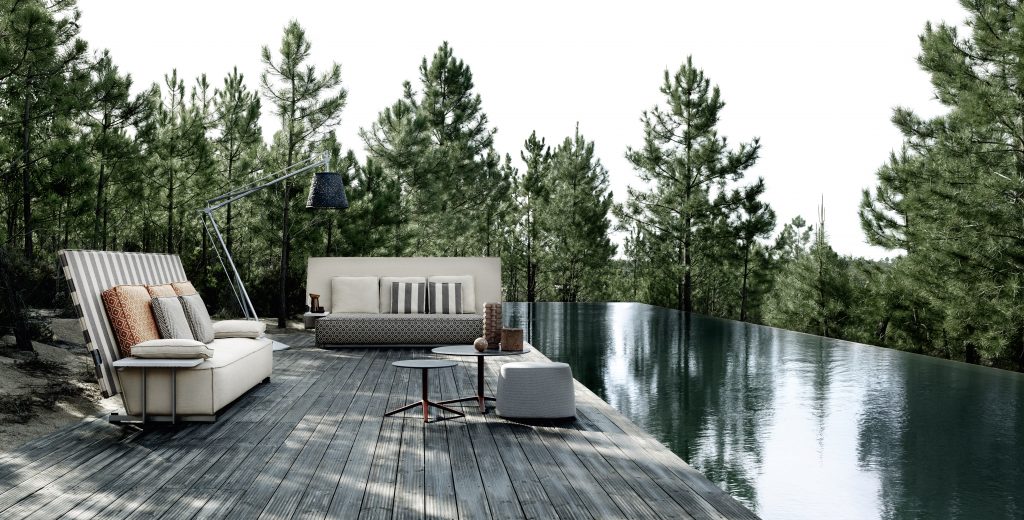Philippe Starck Interview
The legendary designer on art and design, working with a rock star and staying fresh after 20 years with Kartell


Known nearly as much for his confident and quirky personality as for his innovative use of single mould injected polycarbonate, Philippe Starck has spent the last few decades changing the norm in product design. From an alien-like lemon juicer for Alessi to organically-inspired sofas for Cassina, Starck has expanded minds with innovative—and sometimes questionable—designs as one of the most prolific designers in contemporary culture.
While in Milan for Design Week we had the rare chance to catch up with the “über designer” himself during the debut of his latest collection for Italian furniture brand Kartell. Standing among a sea of cameras and curious fans, Starck reflected on his history with the iconic brand, working with a rock star-turned-furniture designer and the relationship between art and design.
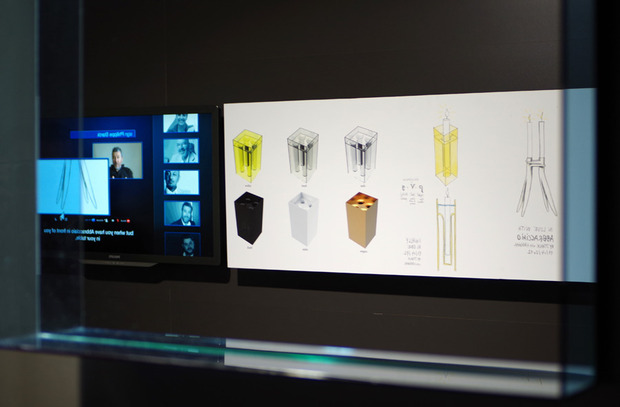
After roughly 20 years working with Kartell, how does one continue to find inspiration?
Kartell is not a company, it is a philosophy. Thirty years ago I had this intuition that the future must be democratic, and I invented the idea of democratic design. Which is rising the quality, cutting the price and trying to give it to everybody. The only weapon, the only tool I found to do it was monolithic injected plastic. Twenty years ago it was not easy and the only company that had this philosophy was Kartell.
That’s why today everybody says that this booth is the center of the fair. Yes, it is because we deserve it. Because 30 years ago, even before the family of Claudio Lutti, Kartell had this vision. And I can tell you at this time it wasn’t very fashionable to speak about injected plastic this way—it meant cheap, bad things for low people and things like that. We had the courage to built a real proposal, a philosophical proposal, a political proposal. And finally we won. Because we are now at the beginning of the decline of Western Occidental civilization. People have less money but still want quality because we know what is quality, it’s difficult to change. And we must reinvent ourselves and reinvent our new economy of poverty. And Kartell is in the right place to do it.

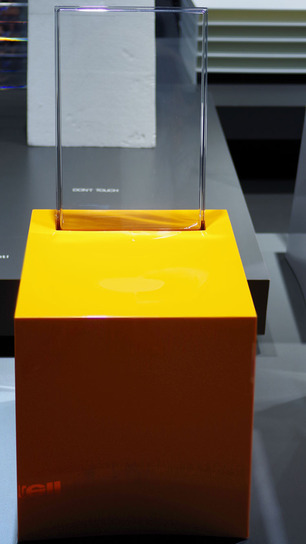
Speaking of reinvention, we recently spoke with Lenny Kravitz about his collaboration with you and Kartell. Can you tell us a bit about how it all came about?
Lenny is a friend of my daughter’s and finally after years she introduced me and we became friends. One day Lenny told me ‘I want to become an architect, a designer’. I said Lenny you are smart, very smart. When I see your different houses I am very impressed. Perhaps you can become a designer, become an architect. That’s why I brought him into the new SLS Miami Hotel and I brought him to Kartell. And you know where the design is boring him. You have thousands of models here and it’s always the same proposal—the same angle of view. Lenny can bring the fresh air of the night. Designers, we are from the day. He is from the night. We wake up at seven, he goes to sleep at seven. That changes the angle of view. We shall see. He is a young designer, he starts today. He has to work, so we shall see. But he is in a good position, he is very very smart.

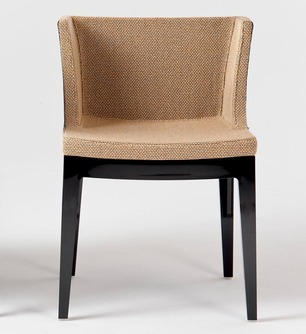
How do you feel about the transformation of your work through the materials he chose?
It’s him. You know I don’t want anybody to tell me what I have to do. I don’t want to tell Lenny what he has to do. We gave him a chair. We gave him a nice opportunity to play with it and make what he wants. It’s life, we have to keep his freshness in mind.
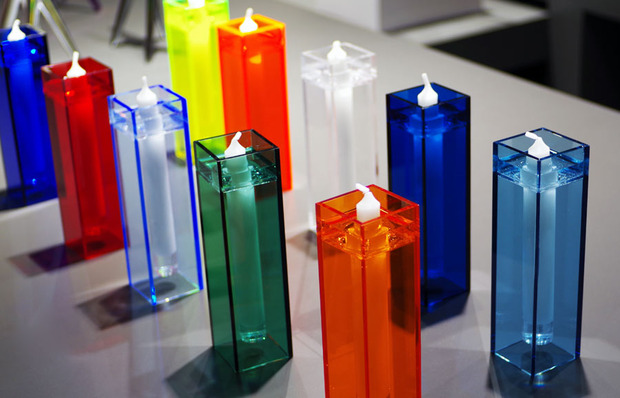
Do you find bringing younger people into your office helps to keep your design fresh?
Not the design. The life. Myself. I don’t try to be young, I try to be timeless. And to work with young people, to be married with a young beautiful wife, to have a young baby of 10 months—that makes me timeless, because I’m old now. That makes a difference. For example Friday morning we leave and Friday at noon I will be at my table working like a devil.

This liveliness and a lack of a strong geometric presence seems to shine through in your latest candlestick design, Abbracciao. What else inspired its form?
I’ve never just been about strict geometric, I’ve been known even more for organic lines. I have enough imagination to make both, or more. But this candle piece I made with Maggiar is about the magic of love. Because if you see the two pieces alone they cannot stand up, but together they make an art piece. This is about love. That’s why we decide to do it and I thank Maggiar for bringing this very nice idea, this very iconic and simple idea.

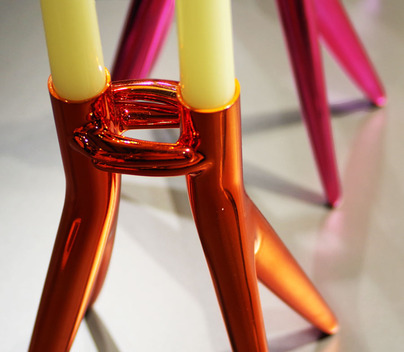
You referred to Abbracciao as an “art piece” just now, for you is there a difference between art and design object?
Clearly, it’s not the same word. It is not an art object, just a symbol of love. I am not an artist. I am just trying to be a designer, but it is not enough. And I’m not sure that the confusion now between art and design is very good for design. It is very good for art, because they have nothing more to say. But in design, finally we are more rich than in art.
Images by Graham Hiemstra
